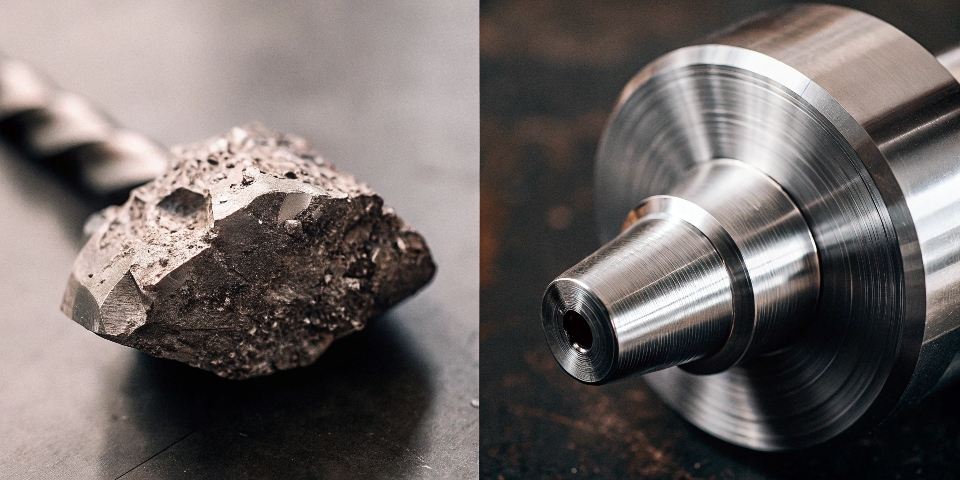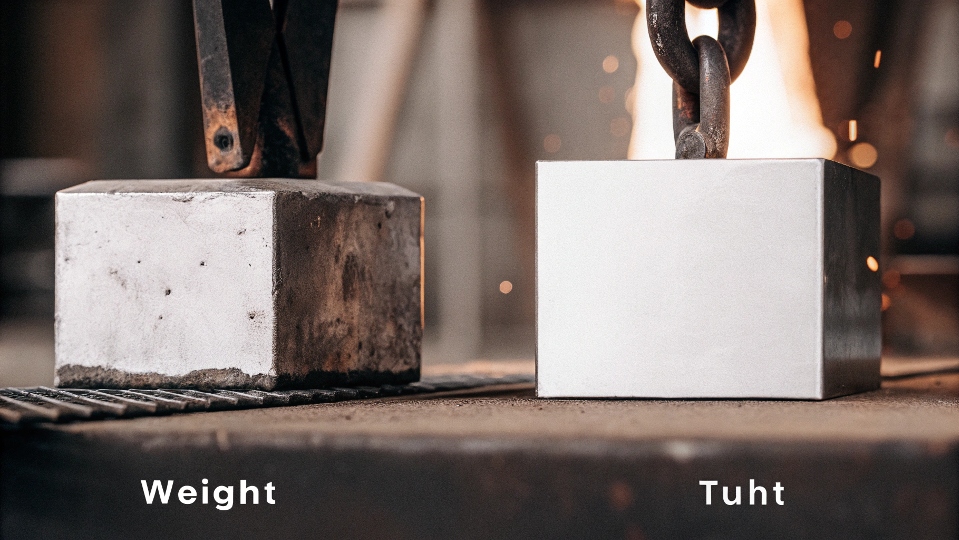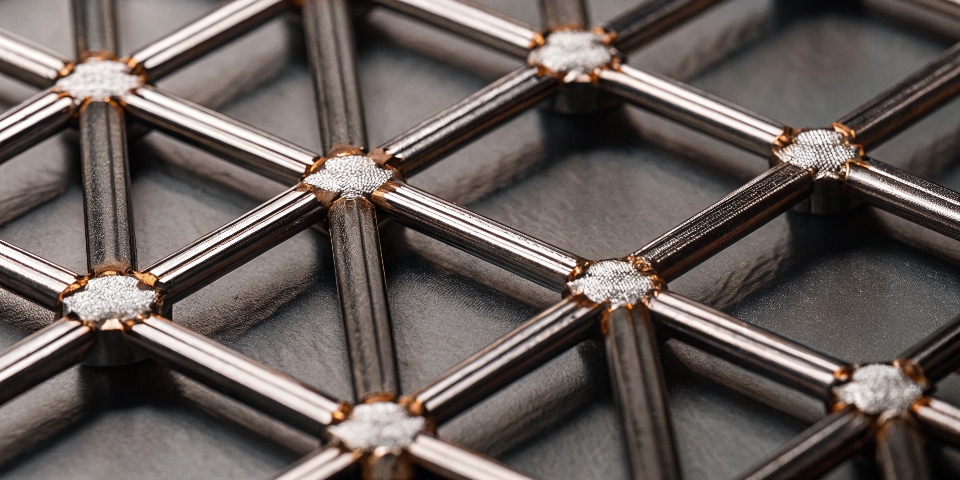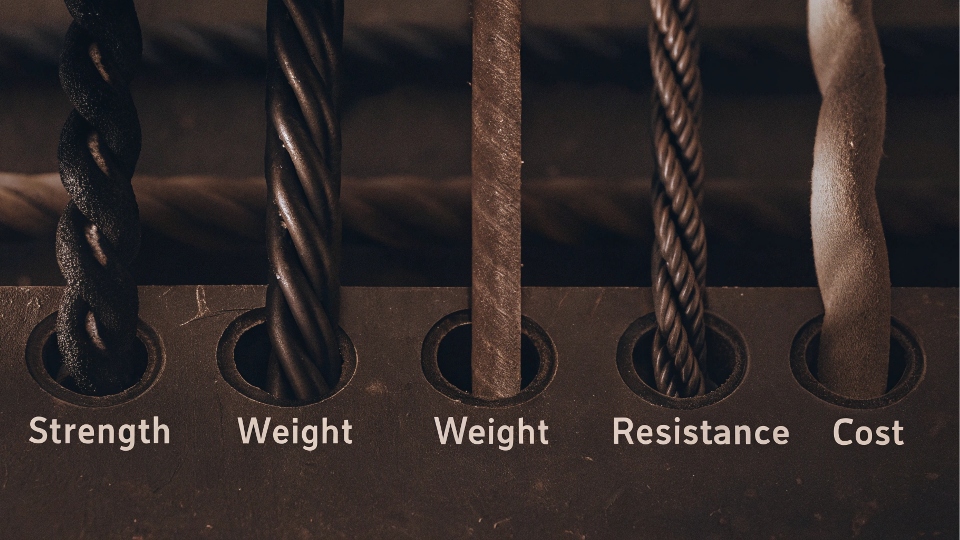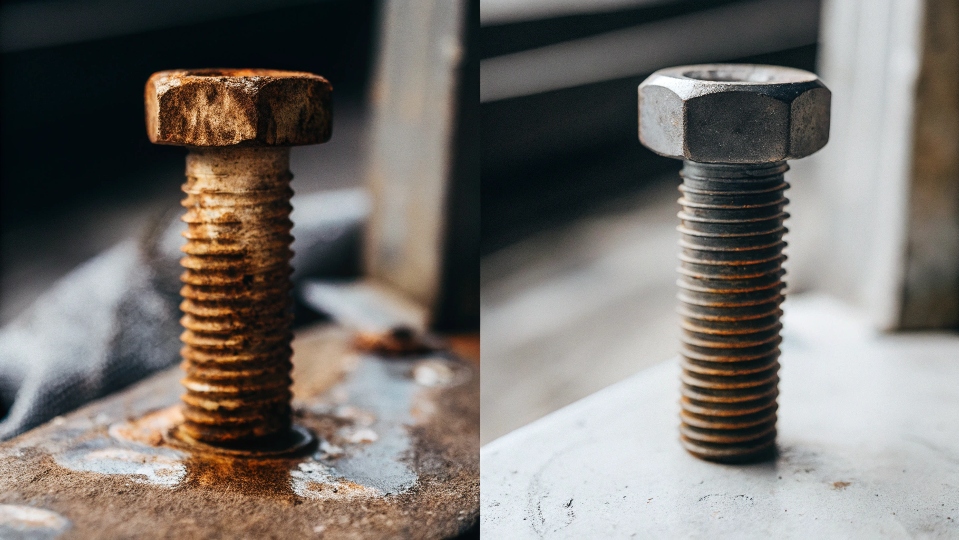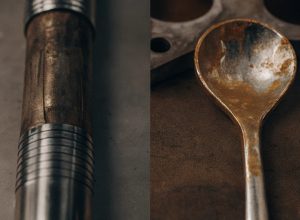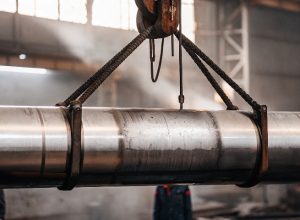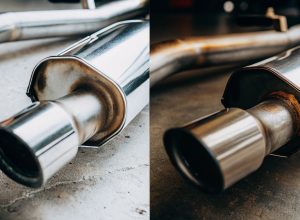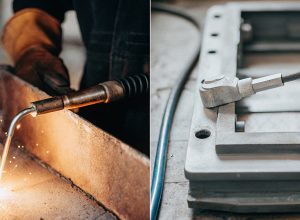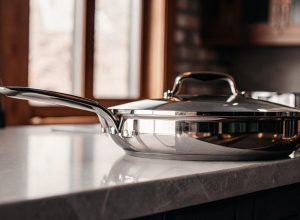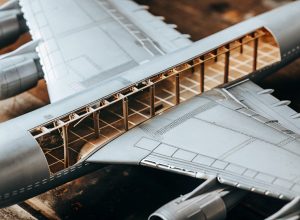Are you trying to find the strongest metal for your project? The options can be overwhelming, and choosing the wrong one leads to costly failures. Understanding true strength is key.
Titanium isn’t technically the strongest metal by pure force, but it has the highest strength-to-weight ratio of any metallic element. This exceptional quality makes it a top performer in demanding fields like aerospace and medicine where lightweight strength is critical for success.
The term "strength" in materials science is more complex than it sounds. Many product managers, like Lisa at the chemical equipment company I work with, initially look at tensile strength alone. But this number doesn’t tell the whole story. Factors like density, corrosion resistance, and performance at high temperatures are just as important. To make the best choice, you need to look beyond a single data point and understand the complete performance profile of a material. Let’s break down what truly makes titanium so uniquely capable.
Why is titanium the strongest metal?
You’re told titanium is the "strongest," but see other metals with higher tensile strength. This is confusing and can make you doubt your material choices for critical applications.
Titanium is considered the "strongest" because it offers the highest strength for its density. While some steels are stronger, they are much heavier. This superior strength-to-weight ratio means titanium provides incredible durability without adding unnecessary bulk, making it a champion in performance-critical industries.
When engineers talk about strength, we often look at two different things: ultimate tensile strength1 and the strength-to-weight ratio. Tensile strength measures how much force a material can take before it breaks. The strength-to-weight ratio measures how strong a material is for its size. This is where titanium shines. I often explain this to Lisa using a simple comparison. Imagine two athletes who can both lift 200kg. One weighs 80kg, and the other weighs 120kg. While they lift the same amount, we’d consider the lighter athlete to be "stronger" for their size. Titanium is that lighter athlete. It delivers incredible performance without the heavy penalty of materials like steel. This is why it’s essential for aircraft, where every gram saved means less fuel burned.
Here is a simple table to show what I mean:
| Material | Density (g/cm³) | Tensile Strength (MPa) | Strength-to-Weight (kN·m/kg) |
|---|---|---|---|
| Ti-6Al-4V2 (Grade 5) | 4.43 | 950 | 214 |
| 316L Stainless Steel | 8.00 | 570 | 71 |
| 6061 Aluminum | 2.70 | 310 | 115 |
What elements make titanium more powerful?
Pure titanium is strong, but maybe not strong enough for your specific high-stress application. Using pure titanium when an alloy is needed can lead to premature component failure and costly redesigns.
Alloying elements like aluminum and vanadium3 are crucial. They modify titanium’s crystal structure to significantly increase its strength and operating temperature. The most famous example is Ti-6Al-4V (Grade 5), the workhorse alloy used in billions of components worldwide.
Think of making an alloy like following a recipe. Pure titanium is our base ingredient, but by adding small, precise amounts of other elements, we can enhance its properties dramatically. At my plant in Baoji, we specialize in this process. It’s how we create materials that can withstand the extreme pressures inside a chemical reactor or the incredible forces on a jet engine fan blade. For product managers like Lisa, understanding the role of these elements is key to specifying the right material.
The Alpha and Beta Stabilizers
Titanium alloys are generally grouped by the elements they contain and how those elements affect their crystal structure at different temperatures.
- Aluminum (Al) is an "alpha stabilizer." It adds strength and improves performance at high temperatures. It’s a key ingredient for parts that need to stay strong when things get hot.
- Vanadium (V) is a "beta stabilizer." It helps strengthen the alloy at room temperature and makes it more formable.
The most common alloy, Ti-6Al-4V (Grade 5), combines 6% aluminum and 4% vanadium. This recipe creates a perfect "alpha-beta" alloy that balances high strength, heat resistance, and good fabricability. It’s the go-to choice for a huge range of applications.
What beats titanium?
You’ve chosen titanium, but a competitor suggests a different, "stronger" material like tungsten or a superalloy. This can create doubt and derail your project if you don’t understand the trade-offs.
While materials like tungsten are harder and superalloys4 handle higher temperatures, nothing beats titanium’s all-around package. These other materials are often much heavier, more brittle, or lack titanium’s complete immunity to corrosion, making titanium the superior choice for many applications.
The question "what beats titanium?" really depends on the specific challenge you’re facing. No material wins in every category. It’s always a game of trade-offs. I once had a client ask why they shouldn’t use tungsten for a high-wear component. I explained that while tungsten is incredibly hard, it’s also very dense and brittle. A sharp impact could shatter it, whereas titanium would likely deform but not fail catastrophically. The client needed toughness and durability, not just hardness, so titanium was the better choice. It’s crucial to look at the entire application environment, not just one property on a datasheet. Lisa often faces this when presenting options to her clients, so we prepare a clear comparison.
Here’s how titanium stacks up against its main challengers:
| Material | Key Advantage | Key Disadvantage |
|---|---|---|
| Titanium | Best strength-to-weight, corrosion proof | Higher initial cost than steel |
| Tungsten | Very high density, hardness, melting point | Extremely heavy, brittle, hard to machine |
| Carbon Fiber | Excellent stiffness-to-weight ratio | Lower impact toughness, complex manufacturing |
| Superalloys (Inconel) | Superior high-temperature strength | Much heavier and more expensive than titanium |
What is the main advantage of titanium over steel?
Steel is cheap, strong, and familiar. Justifying the higher initial cost of titanium can be a challenge. But sticking with steel can lead to heavier, less efficient, and failure-prone products.
Titanium’s two main advantages over steel are its superior strength-to-weight ratio and its absolute corrosion immunity. It provides the same strength as steel at about half the weight and will not rust, even in harsh chemical or saltwater environments.
When I walk Lisa and her engineering team through material selection, the conversation always comes down to long-term value. Yes, a ton of steel costs less than a ton of titanium. But the advantages of titanium often reduce costs in other areas, making it the more economical choice over the product’s lifetime.
The Weight Advantage
A component made from titanium will be about 45% lighter than the exact same component made from steel. This is a massive difference. For a chemical reactor project we worked on, switching to titanium not only made the vessel itself lighter but also reduced the cost of the steel support structure and concrete foundation needed to hold it. The weight savings created a ripple effect of cost reduction across the entire project.
The Corrosion Shield
This is titanium’s superpower. When exposed to air or moisture, titanium instantly forms a thin, stable, and impenetrable layer of titanium dioxide on its surface. This oxide layer is "self-healing." If you scratch it, a new layer forms immediately. Steel, on the other hand, rusts. It requires expensive coatings, paints, or active protection systems that add cost, weight, and maintenance points. For any application in marine, chemical, or medical fields, titanium’s corrosion immunity is a game-changer.
Conclusion
Titanium excels due to its unmatched strength-to-weight ratio and corrosion resistance. Alloying unlocks its full power, making it the best-balanced material for the world’s most demanding engineering jobs.
-
Gain insights into ultimate tensile strength to better evaluate material performance. ↩
-
Discover why Ti-6Al-4V is a popular choice in various industries due to its unique properties. ↩
-
Learn how vanadium contributes to the strength and formability of titanium alloys. ↩
-
Explore the unique properties of superalloys and their use in high-temperature environments. ↩

